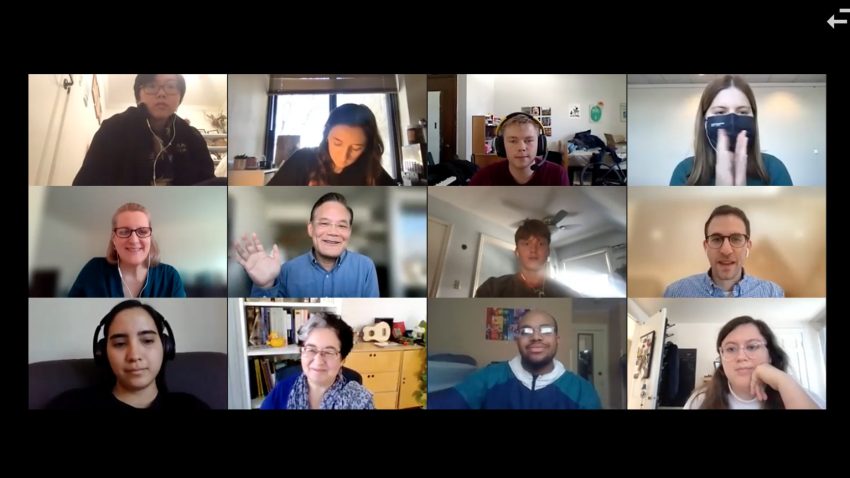 In my pre-interview research on the institution (using https://www.kennedy-center.org/), I focused on the many venues, performances, social impact initiatives, and educational outreach programs that the Kennedy Center has to offer. In speaking directly with Betty Siegel from the Office of Accessibility and VSA, I was able to see the Center through an entirely new lens. One that works tirelessly to make these world-class programs and experiences accessible for people with disabilities. Betty and her team are redefining US-American inclusionary artistic practices every day.
In my pre-interview research on the institution (using https://www.kennedy-center.org/), I focused on the many venues, performances, social impact initiatives, and educational outreach programs that the Kennedy Center has to offer. In speaking directly with Betty Siegel from the Office of Accessibility and VSA, I was able to see the Center through an entirely new lens. One that works tirelessly to make these world-class programs and experiences accessible for people with disabilities. Betty and her team are redefining US-American inclusionary artistic practices every day.
“Access is constantly evolving, improving, and changing. Communities are constantly evolving, improving, and changing. So we have to change with them. So our work is actually never done.” — Betty Siegel
In my research, I also learned that the Kennedy Center’s funding is a private/public partnership, with most money coming from the federal government, ticket sales, and donors. I was curious what the political priorities of the Center were and how they balanced serving as the “nation’s cultural center” and serving the people. When I asked Betty about how “democracy and the arts” inform her daily work, she expressed that the Center’s work is “politically neutral” (even though it is seemingly a federal entity). Rather, Betty said they focus on “the rights to culture and people with disabilities as the means to a fair and equitable democracy.” The Office’s program areas are community-based arts experiences/education, supporting emerging artists with disabilities, and cultural access/access to cultural experiences.
Looking back at Betty’s “The Power of Access” PowerPoint, I was fascinated by the Social/Civil Rights Model, which states that something is wrong with society and not the individual. We must change society to accommodate the individual, so they have the right to make decisions. It makes me wonder: how can we strive to make the fine arts more accessible at St. Olaf College? This process can start with reassessing the accessibility of the environment we create. According to one of Betty’s slides, “A person is more or less disabled based on their interaction with the physical, communication, information, and social/policy environment.” I will begin to consult these four areas to make my work on campus in the fine arts more accessible for everyone.
I’m super grateful for the panelists from Monday, including Diane and Roger. In the future, as I pursue a career in performing arts management, I think that arts access will inform my daily work. After this meeting, I am especially interested in the Kennedy Center’s LEAD (Leadership Exchange in Arts and Disability) conference. Perhaps Betty and I will cross paths there in the future!
